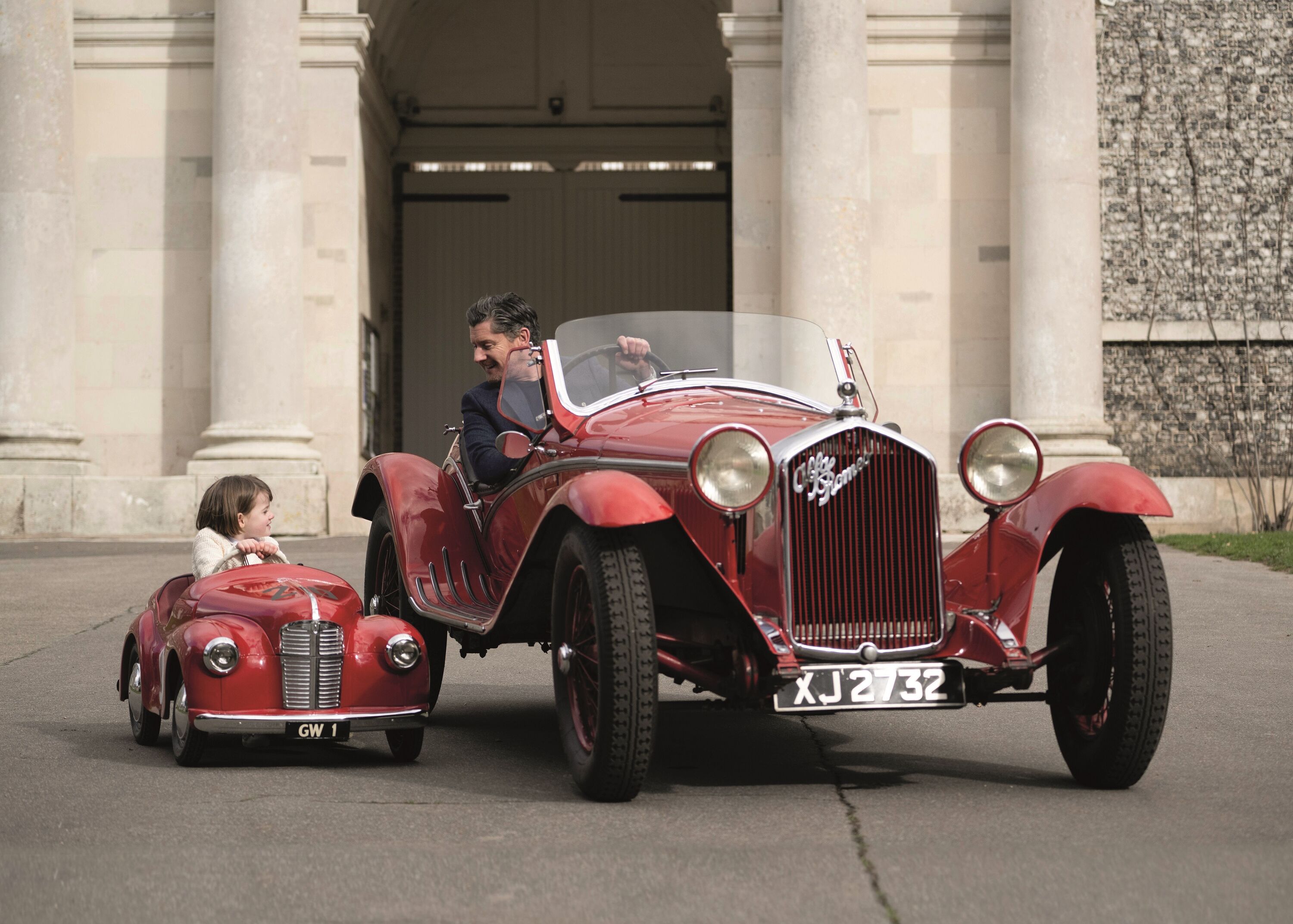
The past sadly was Connaught Engineering; a great irony given that boss Rodney Clarke was ahead of his time: Anti-lock brakes, self-levelling suspension and a rear-engine car with stressed-skin centre section were some of his thoughts that came to naught.
Budget and time restraints – Clarke tended to be too thorough for his own good – meant that his contender for the 2.5-litre Formula 1, new for 1954, was one of its more conservative, a stopgap in truth, albeit one sometimes cloaked in an all-enveloping body – Clark and business partner Michael Oliver were both ex-RAF pilots – that had been tested in the team’s wind tunnel. Flash.
With sufficient power from its fragile Alta four-cylinder, what this fine-handling chassis lacked was a top-notch driver blessed with speed and mechanical sympathy – whereupon Connaught stumbled across a dental student called Tony Brooks. The latter’s unexpected but comprehensive victory in Syracuse in October 1955 proved to Britain that it could be done.
By early 1957, however, Connaught was on the verge of bankruptcy – and Stuart Lewis-Evans’ distant fourth place in Monaco couldn’t save the little team from Send in Surrey.
The future, meanwhile, lay a dozen miles northeast, along the A3, just around the corner from Alta: Cooper of Surbiton. Run by grumpy ex-Brooklands mechanic Charlie Cooper and his easygoing yet ambitious son John, these artisans innovated out of financial and logistical necessity and, nudged by a hard-working Aussie called Jack Brabham – on a full-time yet freelance basis – were benefiting from keeping it simple.

Having spent the night before the Monaco GP putting his new 2-litre Coventry Climax ‘four’ – its build underwritten by privateer Rob Walker, based a dozen miles south, down the A24 – into the team’s second chassis having crashed his own in practice, Brabham was on the verge of the first points for a car with its engine behind the driver when he ran out of fuel; the pump’s mounting had broken.
That he had already stopped once to refuel – this Formula 2-plus Cooper was a bit wee for a 3-hour GP – and yet almost finished third was indicative of the layout’s potential and, it must be said, the race’s attrition.
Two months later Roy Salvadori, his car showroom situated just around the corner from Cooper, scored that groundbreaking point – two in fact – on the occasion at Aintree of Britain’s maiden win at the highest level.
The victorious Vanwall shared that momentous July day by Stirling Moss and Brooks – and built a dozen miles north of Cooper, just off the North Circular – was no sinecure, as Salvadori had discovered when acting as a stand-in at Rouen and Reims. But it was sufficiently fast and reliable to break the mould – unlike the BRM that Salvadori had failed to qualify at Monaco.
The inertia that had so infuriated industrialist Anthony Vandervell that he had left its board of directors to set up Vanwall was still infecting British Racing Motors. Based at Bourne in Lincolnshire, approximately 130 miles up the Great North Road and, therefore, out of the strengthening, self-perpetuating London ‘loop’, Britain’s ‘Ferrari’ had endured a terrible 1956. And 1957 was not much better.

Unable to persuade a top-liner to join – Mike Hawthorn and Brooks were desperate to leave and the incredible Archie Scott Brown was not so desperate as to want to replace them – the team floundered until Jean Behra, in the form of his life at Maserati, joined on a temporary basis. His enthusiasm, knowledge and victories at Caen and Silverstone’s delayed International Trophy were achieved against little opposition but were welcome shots in the arm for a beleaguered outfit.
BRM’s P25 would, according to Moss – hardly the marque’s greatest fan – become the best front-engine GP car. However, by the time it scored its first world championship win, at Zandvoort in May 1959, the impudent Cooper had become the car to beat – and Vanwall had won the inaugural world constructors’ title [1958] before to all intents and purposes withdrawing from the sport.
Vandervell was cut from a different cloth to BRM’s industrialist/Anglican lay preacher owner Sir Alfred Owen: he was impatient for success whereas Owen would not proffer a win-or-bust ultimatum until 1962; he learned quickly from mistakes; and he was open to new ideas from the new generation: Cooper designed the first Vanwall chassis and Colin Chapman – his Hornsey-based firm yet to make its GP debut – the second, its unusual but effective aerodynamic form the work of Frank Costin, a de Havilland-trained aerodynamicist/engineer. (BRM followed Vanwall’s lead and Chapman’s advice somewhat more grudgingly.)
Crucially Vandervell was also able to persuade the equally patriotic Moss that, despite its flaws, his was the car he’d been waiting for. Pairing him with Brooks – and bolstering it with the signing of Lewis-Evans at midseason – gave him a line-up that only Juan Fangio working wonders in Maserati’s 250F could beat. Run by a well-drilled squad funded and motivated by an enlightened despot, Vanwall was everything Connaught had never been and BRM was not yet; Cooper was a special case.

But the here and now – Moss’s wins at Pescara and Monza, plus the half-dozen that he would share with Brooks in 1958 – came at a heavy cost. With Vandervell’s doctors already recommending a lighter workload, Lewis-Evans’ death from burns caused by a mechanical failure at the Morocco finale convinced a devastated ‘Guv’nor’ to stop.
It was now that Cooper turned its differences – quick on its feet, more flexible and using a proprietary engine and adapted road car gearbox – into positives, its nimble, lightweight car ideal for GPs shortened by a third since 1957.
Moss, Brooks and Vanwall had rightly dominated the headlines from Aintree 1957, but the underlying bigger story was Salvadori’s fifth place. Though his Cooper was 500cc shy and five laps down, these seemingly insurmountable gaps were soon overcome. And that was before Chapman’s Lotus put the science into the rear-engine revolution; and before BRM, under threat of closure, got its act together.
All had learned from Vanwall. Eventually.
Photography courtesy of LAT Images
1957 Grand Prix
juan manuel fangio
brm
Cooper
Vanwall





